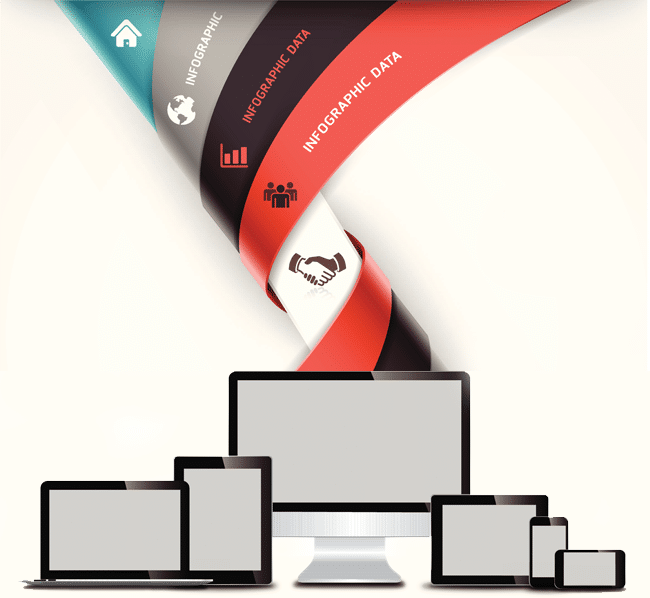
Static infographics are a dime a dozen these days. Wal-Mart pricing models and generic template designs have paved the way to get more stories visualized to help boost engagement. The largest challenge is how to create a unique visualization in a generic world, without going interactive or breaking the bank. One solution: responsive design.
We get it. Justifying the cost of a custom graphic or interactive visualization for a simple data story doesn’t make sense. In our mind, what changes the game is data complexity. Multi-dimensional data supplies a complex story to tell, but at the same time complex stories translate into complex infographics, which can’t always be represented uniquely or accurately using generic templates. Prime examples are the long form infographics that get sized down due to their enormous amount of data, which users can not be expected to grasp quickly. We don’t want to call out specific examples, but if you are an infographic nut than you know what we are talking about.
Translating a static infographic into a responsive format allows for flexibility in accessibility and preference in layout. We see it in most websites these days, so why not infographics? To designers, static = print, which also equates to pdf’s, png’s, jpeg’s, etc. Ultimately print dictates layout options, which are limited. What responsive design requires is to go beyond one layout and look at flexible layouts to dynamically alter the same story.
What if you could go another level and add basic click ability? Is it still easily shareable? Absolutely.
What you see in front of you is a data set visualized that adjusts itself to provide you with the best visual experience based on resolution.
Now what if you added audio or other dynamic elements to improve engagement? Thoughts?
